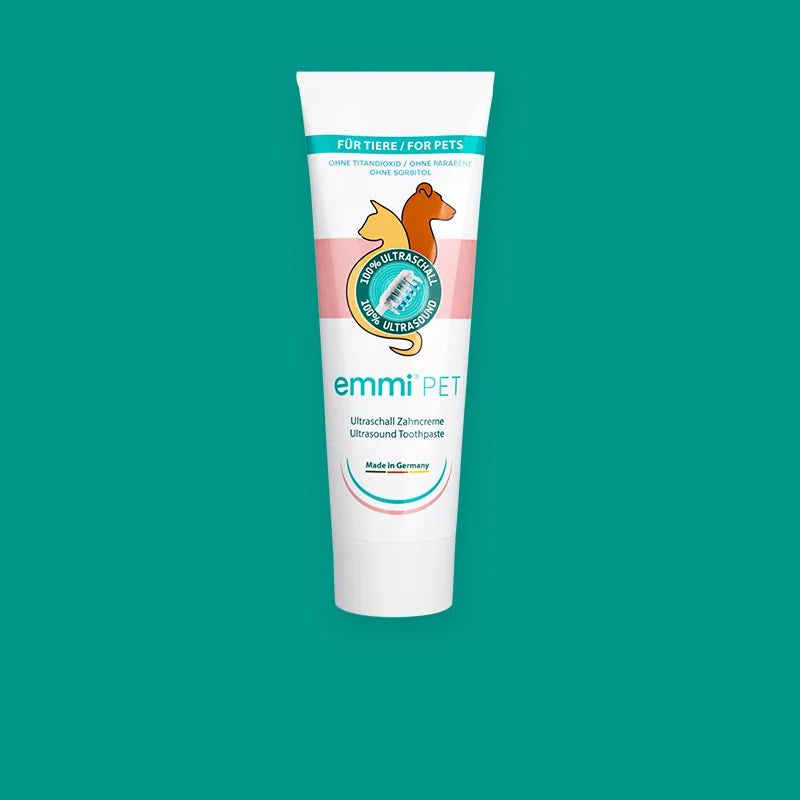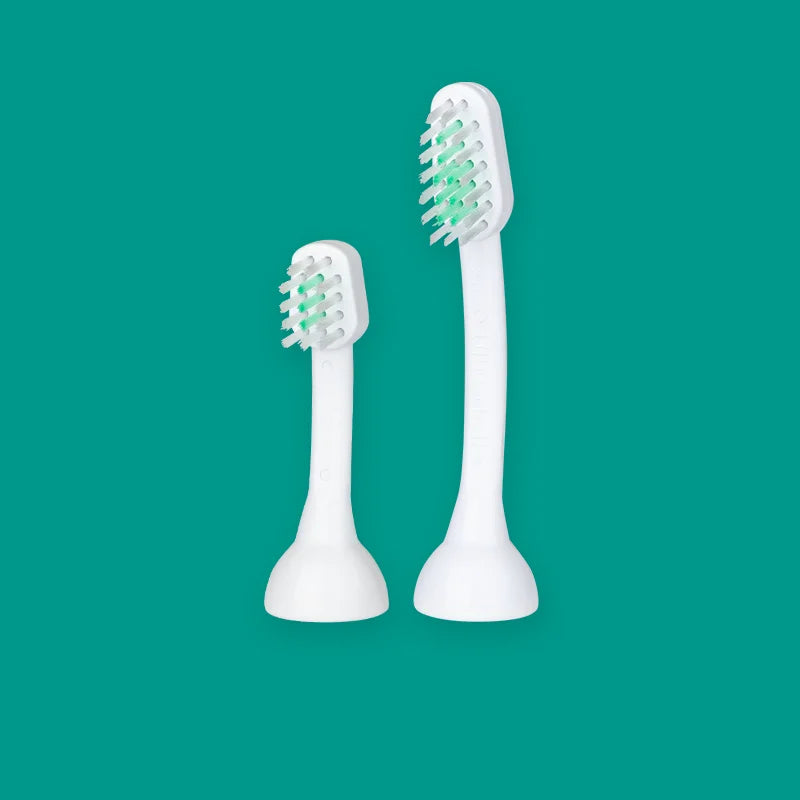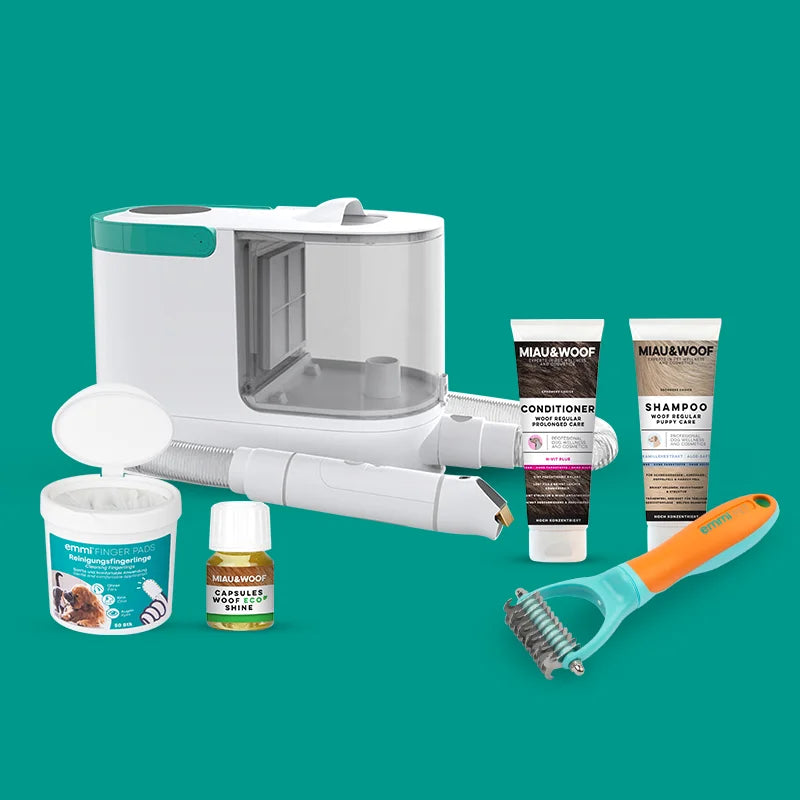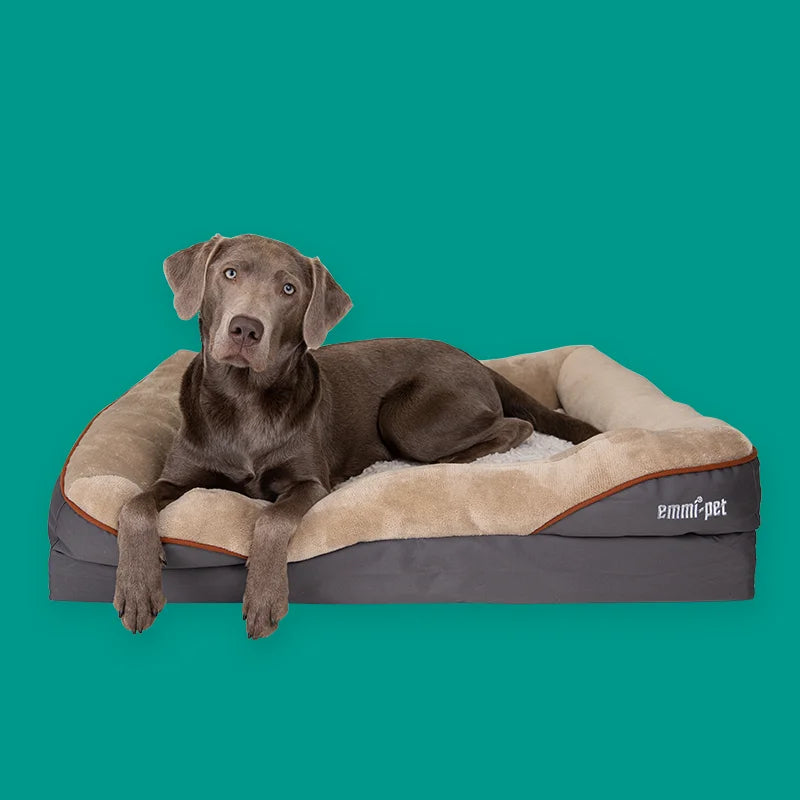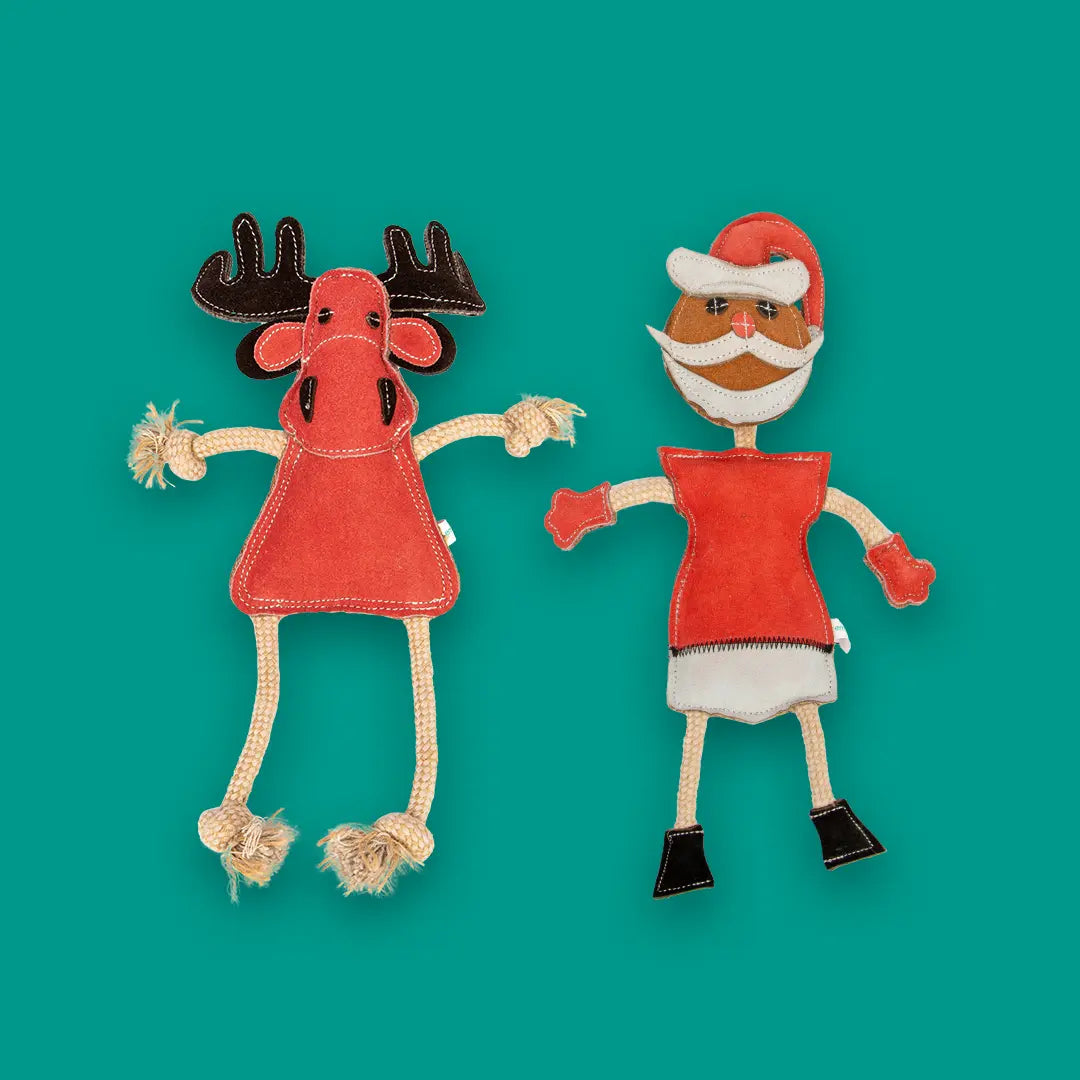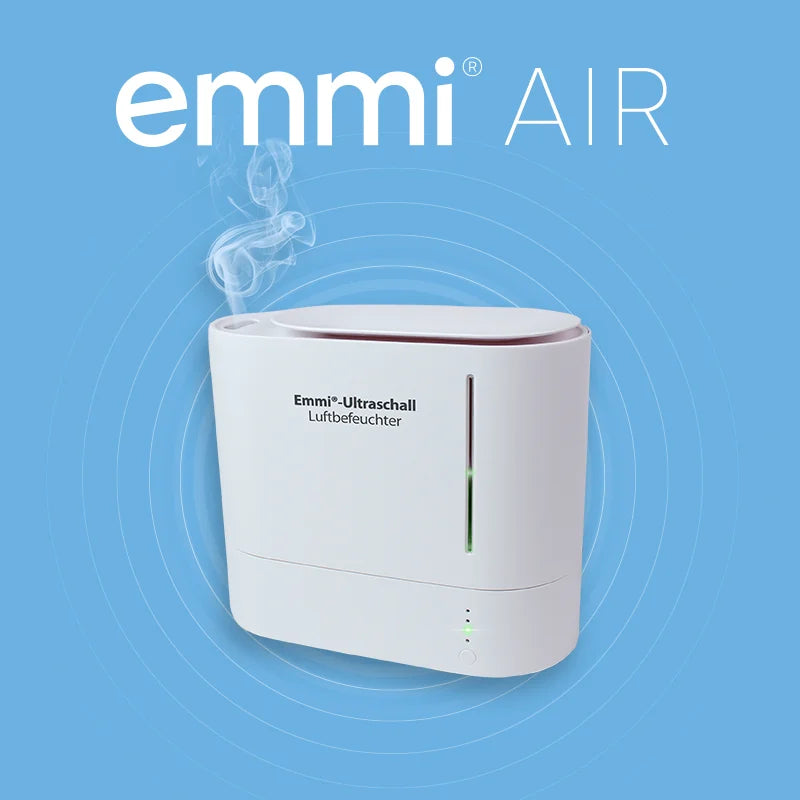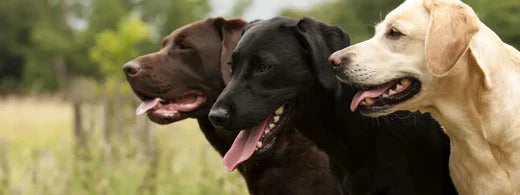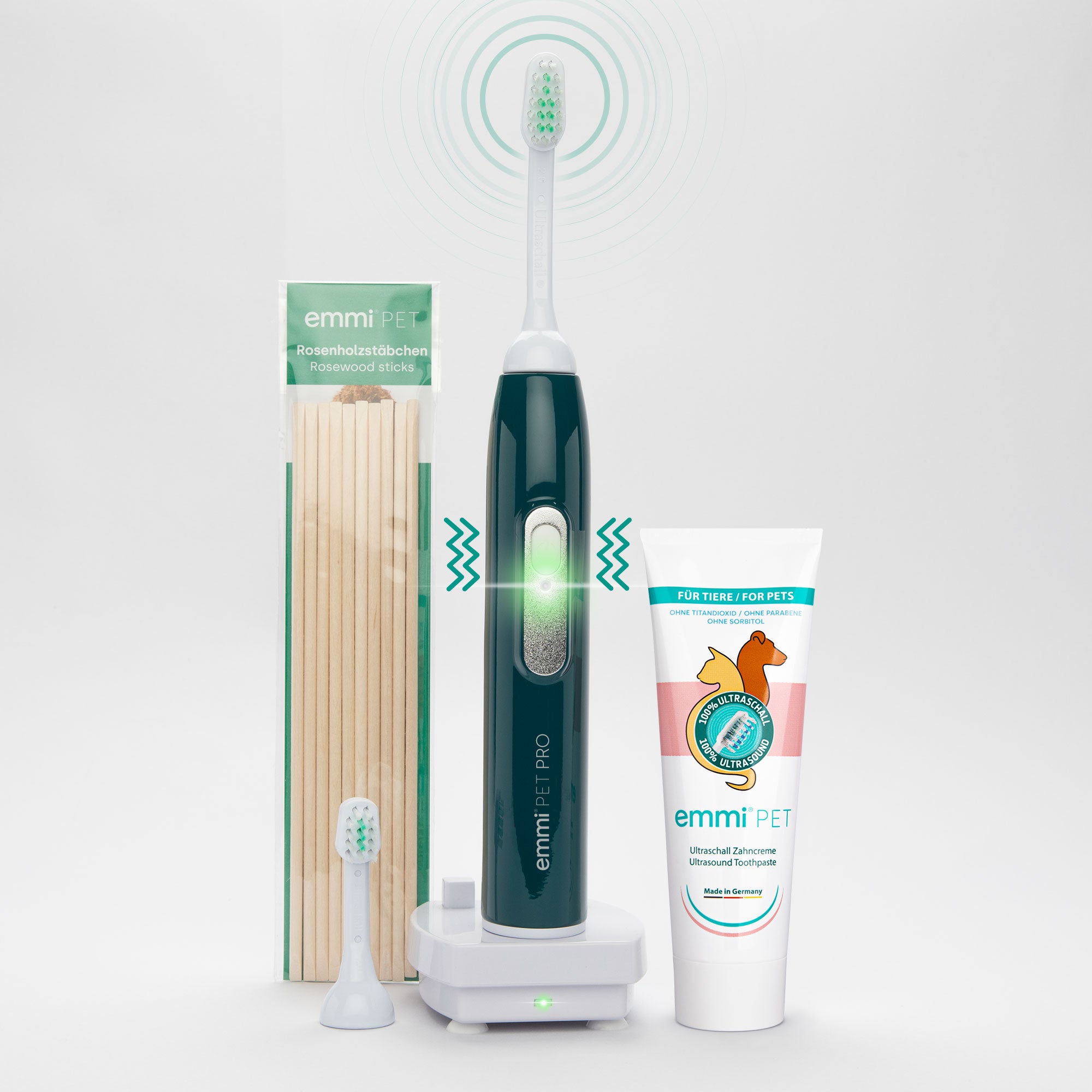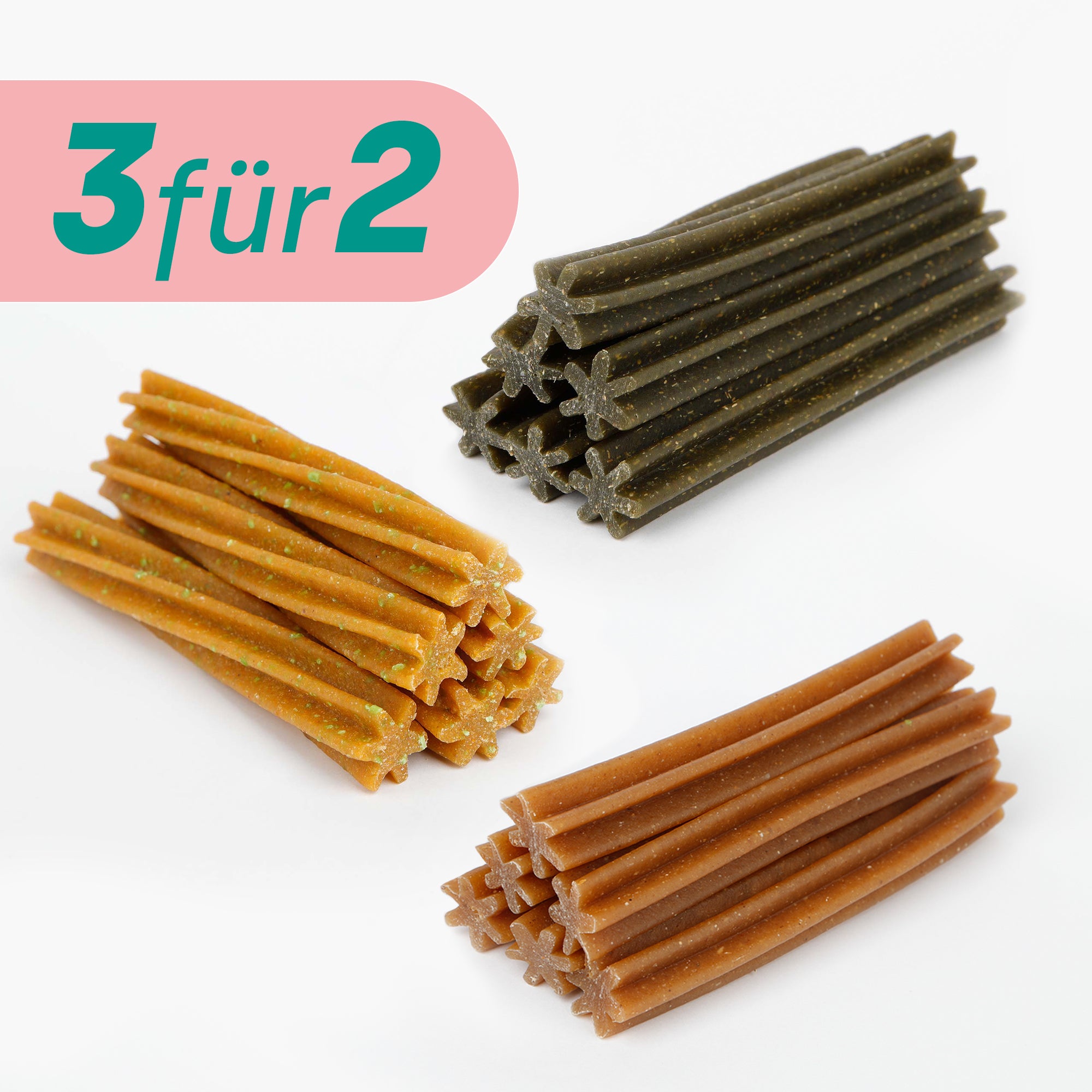Toothache isn't just painful for us humans; our dogs suffer as well. The older a dog gets, the greater the likelihood of developing a dental problem. And although dogs suffer just as much as we humans do, they aren't as adept at signaling toothache as they are at paw pain. In the worst cases, our four-legged friends suffer silently for days, weeks, or even months.
When your dog refuses to eat, rejects a fun toy, or spurns a beloved chew bone, it's time to take a closer look at its mouth. A diseased tooth or inflamed gums can cause excruciating pain. Some dog breeds are incredibly good at hiding pain, which doesn't make it any easier to identify the problem. This is precisely why it's important to recognize the signs of toothache in dogs early enough to take action quickly.
Recognizing chronic toothache in dogs
If dental problems in dogs go undiagnosed, they can result in years of constant pain. Changes in character and temperament are often the first signs of pain. If these changes in temperament are not due to visible injuries, a diseased tooth should definitely be considered as the cause. A smelly mouth or pus on the teeth or gums also indicate a serious dental problem. In rare cases, inflammation in the ear or eye can also indicate a diseased tooth. In these cases, dog owners have a responsibility to act quickly and consult a veterinarian.
Dogs rely on our human powers of observation. Therefore, their teeth and gums should be checked regularly. But not only that, but their teeth and gums should also be cared for regularly. With our With the emmi® -pet ultrasonic toothbrush for dogs, dental care is virtually effortless. It's also highly effective. Thanks to state-of-the-art ultrasonic technology, existing plaque and the bacteria responsible for it are quickly and easily removed. The oral mucosa can regenerate, which in turn leads to healthy gums.
Signs of toothache in dogs
In many cases, there's no direct indication that your best friend is suffering from a toothache. While some dogs change their eating behavior or stop eating altogether, others exhibit increased biting and chewing behavior. A direct indication here is: If your dog yelps while chewing, toothache could be the cause. If your best friend puts something in their mouth but immediately drops it, this could also be an indirect indication of dental problems and pain.
Protective behavior can also indicate dental problems. Especially if one side of the teeth or jaw is visibly protected, it's time to take a closer look inside the mouth.
Always take toothache in dogs seriously
Just as with humans, toothache in dogs should always be investigated. Undiagnosed dental problems aren't the only things that can lead to serious complications. Chronic inflammation in the jaw area can also cause serious illnesses. If, for example, a tooth root infection goes undetected, the inflammation can spread along the jawbone. Bacteria can spread throughout the body and even cause kidney and heart damage.
Plaque, the precursor to tartar, is unfortunately not uncommon; tartar often ultimately leads to an infected tooth. Lost teeth or foreign bodies such as wood splinters can also cause inflammation. Rotten teeth are often blue in color, while caries is noticeable as black spots on the tooth. A broken tooth with exposed pulp not only causes great pain but also facilitates the penetration of bacteria into the bloodstream.
The sooner you begin your dog's dental treatment, the sooner your dog will be pain-free. This approach also saves a significant amount of money, as secondary diseases often prevent further complications. Efficient and regular oral hygiene is the best way to prevent them. Consistent treatment for dental diseases, ideally with an ultrasonic toothbrush designed specifically for dogs, pays off in the long run.
How do you recognize toothache in dogs?
In the last installment of our two-part series "How to Recognize Toothache in Your Dog," we reported on how toothache often goes undiagnosed. In today's blog post, we'll explain how you can check your dog's teeth yourself and give you helpful tips for recognizing toothache in your dog as quickly as possible.
Recognizing symptoms as an indication of toothache in dogs
General behavioral changes that indicate suffering in the jaw area include, for example, refusal of food, reduced food intake, a pained and sad look, quiet moaning, squeaking or even whining and howling, tiredness , listlessness, dejection and a lack of joy in life.
Specific behavioral changes that indicate dental distress include increased salivation. You should check their teeth, especially if they refuse to eat or spit out their food. Sticky fur around the mouth and one-sided chewing can also be signs of toothache. If you notice a crooked head position while chewing or even chattering teeth, alarm bells should ring.
Constant head shaking and rubbing the muzzle against the carpet, a wall, or a piece of furniture can also be signs that your four-legged friend is suffering in silence. Conspicuous scratching of the muzzle or lips, as well as bouts of head rubbing, are also considered signs of toothache.
First signs of toothache in dogs
If your dog's mouth smells unpleasant for no apparent reason, or if one tooth differs from the others, these could be the first signs of serious dental problems. If there are signs of damaged teeth, such as cracks or fracture lines, if plaque and tartar have built up, if yellow deposits or brownish discoloration are visible, accompanied by red and swollen gums, assume your dog has dental problems and is certainly experiencing pain in these areas.
Bleeding and receding gums, as well as a reddened gum-to-tooth transition area, also indicate a dental problem. Bleeding from the mouth and unpleasant bad breath are not only present in cases of severe suppuration in the jaw area. Inflammation of the eyes and purulent nasal discharge are also possible. The purulent nasal discharge often occurs only on one side of the mouth.
Signs of dental problems in puppies
Dental problems are particularly common in puppies. As a result of teething and teething, it's possible that teeth don't fall out and can cause serious problems. Tooth fractures and malocclusions are also frequently diagnosed in puppies. To get a good overview of your dog's teeth, we recommend regular dental care with our emmi ® - pet ultrasonic toothbrush.
Dental problems with a history
Many dental problems have a history. For example, if your dog had difficulty retrieving before the dental problem, a tooth fracture may be the cause of the problem. The risk of a tooth fracture increases when exposed to wood. Chewed objects or hard objects can also cause severe trauma to the teeth and gums. A broken tooth or a misaligned mouth can also cause severe pain.
Regular dental inspection by the dog owner
Since toothache is often not visible but only felt, and broken teeth can even radiate to other areas of the mouth, diagnosing toothache isn't always easy. This makes it all the more important that you prepare your dog for regular dental checkups. Create a relaxed atmosphere. It's best to have the dog lying on its side. Speak to your dog gently, casually lifting its lips. If your dog shows no tension or stress, you can continue this exercise on the other side.

